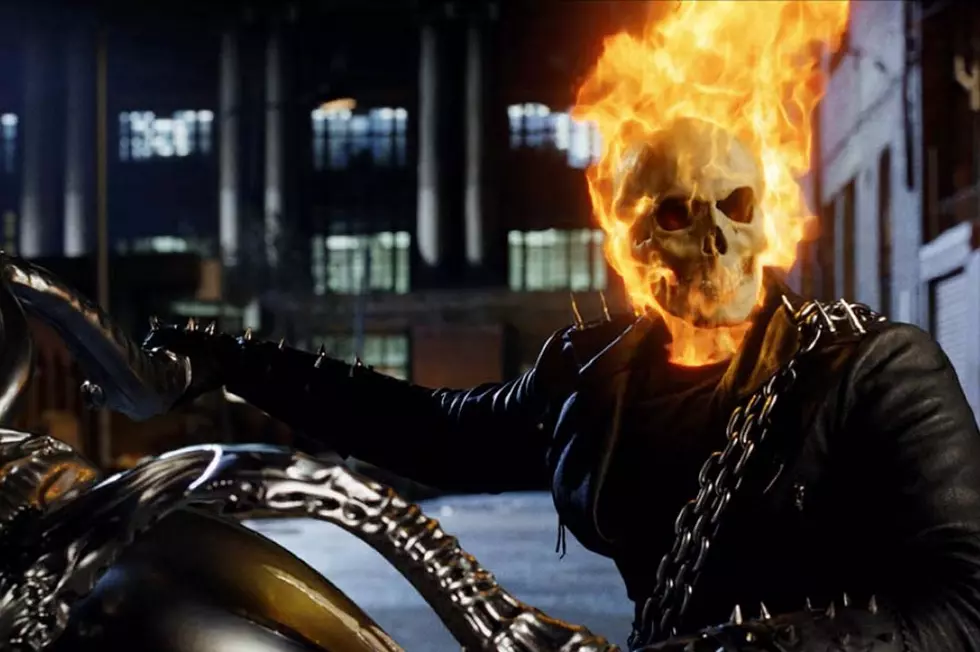
77 Years Ago: ‘The Beano’ Launched its Long Tradition of Teaching Glorious Mischief to Children
For decades, The Beano has taught British children three incredibly important lessons: that adults are all out to get you, that schools are all designed to break your spirit, and that the only way to get ahead is through your own cunning. First appearing this week in 1938, The Beano has since published over 3500 issues, making it by far the longest-running comic book in the world.
Published by Dundee-based DC Thomson, the weekly humor anthology originally featured the ostrich Little Eggo as its signature character, and later Biffo the Bear. Especially in its early years, the book also often featured stories and characters that would rightly be considered offensive today, including the Native American caricature Little Plum, and the black caricature Little Peanut, who even appeared on the cover of the first issue. (The full cover can be seen here.)
The book's most enduring star made his debut in 1951; the rebellious Dennis the Menace — not to be confused with the US comic strip character of the same name who debuted just days earlier on the other side of the Atlantic. Dennis was and is a spiky-haired anarchist whose pranks cause chaos for his parents, his teacher, the local police, the postman — anybody who tries to wield authority over him. Dennis jumped to cover star in the 1970s, where he’s remained ever since.
All the traits that epitomize The Beano are found within Dennis’s stripey-jumpered presence. He’s unexpected, aggressive, likable and aspirational all at once, providing a dangerous role model to decades of schoolchildren. Dennis quickly grew a posse of menaces, with the most notable addition being his faithful Abyssian wire-haired tripe-hound Gnasher, whose arrival gave the world one of comics’ great double-acts.
Dennis and Gnasher’s antics were always in good fun, and usually ended with someone getting a custard pie to the face or a dunk in a mud puddle, but there was still a spirit of anarchy running throughout their adventures.
Following Dennis's example, an array of other trouble-makers swelled the ranks of the magazine over the years, as creators like Ken Reid and Leo Baxendale introduced now-iconic characters like Minnie the Minx, the Bash St Kids, Roger the Dodger, and Ivy the Terrible. The Beano became a place for kids to learn all the best and worst ideas, like the value of bacon and eggs and the worthlessness of school. It was, in other words, incredibly good fun.
The Beano has somehow managed to remain part of British culture for decades. Most UK comics struggled to stay afloat, and The Beano has faced its share of troubles as well, but it has continued at least this far, even as DC Thomson’s other publications, like The Dandy, have become digital-only.
In recent years The Beano has offered fresh approaches to classic characters by bringing in a new generation of artists, like Jamie Smart on 'Roger the Dodger'. It has also had to balance a creative renaissance with the need to incorporate celebrity culture and stealth advertising, and the result is a magazine that veers wildly between inspired lunacy and some very poor quality strips.
Yet when looked at as one of the long-running elements of British pop-culture, alongside Doctor Who, The Beatles, or Delia Smith, The Beano remains right up there as one of the best of them. It has been injecting a sense of rebellion in schoolchildren for over seven decades now. Long may it continue to inspire bad ideas in future generations.
More From ComicsAlliance
![The Question: Who Was Your Childhood Hero? [Kids’ Comics]](http://townsquare.media/site/622/files/2016/08/question-kidsheroes.jpg?w=980&q=75)


![The 2012 Elections In Newspaper Comic Strips [Recap]](http://townsquare.media/site/622/files/2012/11/electionfunnies2012recap.jpg?w=980&q=75)





